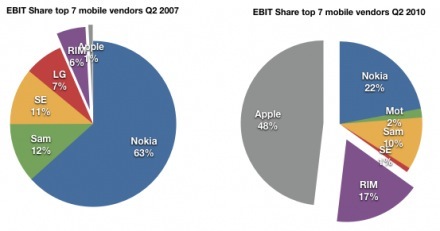KnowledgeMiner Software’s Insights 5.0 for OS X is an alternative and supplemental tool to established confirmatory science based modeling approaches.
Following the principle of Occam’s razor, the app develops complexity minimized predictive models from observation data, autonomously, and extracts new knowledge in form of explicit model equations that describe the data, mathematically. And it generates new knowledge in form of explicit model equations that describe the data, mathematically, for further analysis, interpretation, and theory formulation purposes.
Insights for OS X (10.9 or later) is available as free, student, advanced, or pro edition exclusively from the KnowledgeMiner Software website (http://www.knowledgeminer.eu). Until April 30, 2016, promotional prices with up to 75% discount are provided. Academic versions can be purchased by contacting KnowledgeMiner Software directly.
Insights extracts all information needed for model development from the observation data, exclusively. Today, we face an ever-widening spectrum of complex problems, which require analysis and research. However, in many cases it is impossible to create reliable analytical models using classical confirmatory science based methods since there is incomplete knowledge of the processes involved, which requires making often unjustified assumptions to fill the missing knowledge.
Environmental, medical, and socio-economic problems are but three examples. Here, self-organizing modeling methods help to overcome this knowledge gap and to reveal relevant relationships inherent in complex systems in an adaptive, fast, reliable, and objective way.
Insights for OS X is a professional, yet convenient, tool for building predictive models from data of complex systems by model self-organization, autonomously. Taking observational data that describe a system or process, the software constructs a working mathematical model of that system by AI-powered knowledge extraction technologies.
It implements a unique set of powerful modeling tools such as self-detection of relevant input factors, cost-optimized and prevalence-sensitive classification, or similar patterns recognition, which is applied to health and life sciences related problems, energy forecasting, sales prediction, financial and resource planning, engineering problems, climate change modeling, and other by many corporations, universities, research institutes, students, and individuals worldwide.





